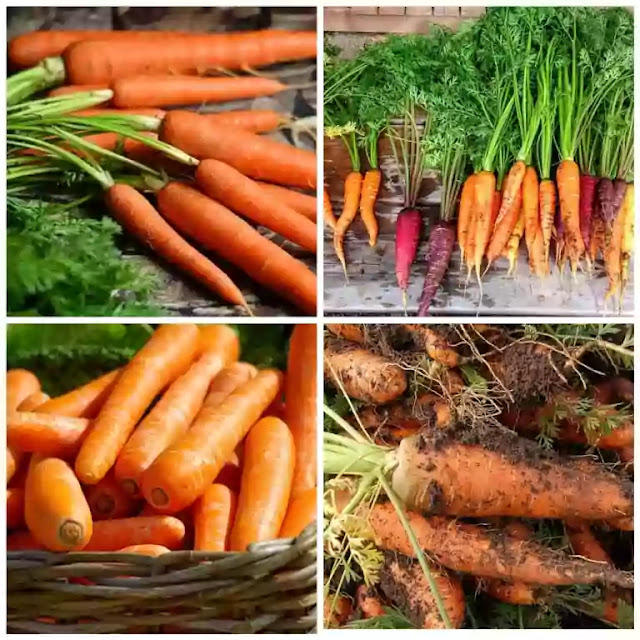How to grow carrots at home or in the garden?
Requirements to grow carrots at home
Carrots can't grow in odd climate conditions, not in odd soil fertility, not even in odd water irrigation. If you want to grow carrots at home, you have to be careful and aware of the various stages of carrot plant growth.
Following are some of the fundamental requirements to grow carrots at home in containers/pots
Type of Containers/pots to grow carrots
You can either use black plastic bags of 0.5mm thick and at least 7 inches in diameter with 10 inches height or you can use plastic containers/pots of the same measurement.
You must have to open a few holes in the plastic pots for extra water drainage.
The most popular containers/pots are solid mud pots. They can use for garden plants and flowers. These kinds of pots contain natural draining tiny holes. They drain water slowly and provide extra cooling to the plant in summer.
But a basic disadvantage of solid mud pots is that they are costlier.
You can buy them directly from the market according to your requirements. People generally use the same bigger container to grow carrots and then later they transplant them. But we suggest you grow separately seed by seed in the single pot from the starting.
But still, if you want to use the big container for sprouting, you need 25 to 30 inches diameter width of the container with 8 to 10 inches in height.
Temperature and humidity
Soil mix with vermicompost
Garden soil sometimes reduces your quality of yield. It doesn't contain the essential elements to grow quality yield.
To grow better and healthy plants, you need to mix this soil with either vermicompost or with waste organic compost.
Suppose you are using vermicompost, you need to fix a ratio of 6:3:1 of each garden soil, vermicompost, and sand respectively. It means to make a soil mixture of 10 kg, you need 6 kg garden soil, 3kg vermicompost, and 1kg sand. Now, mix each component well and use it directly in the pots.
Season of growing carrots
Process of growing carrots
Before following the further instructions, you need to make sure that you already have all the requirements. Now follow the further steps-
Sowing of carrot seeds in containers
If you are taking one seed in a single pot
If you are growing seeds in a single pot
Irrigation of carrot plants
You can use artificial sprayers to provide water to your carrot plants. You need to know that in the carrot growing season, daily irrigation is needless. You just have to make sure that soil must not either lose all the moisture or become wet from the over-showering of water.
The general method to check the moisture of the soil mixture, you just have to pick soil from the pot and check it with your fingers. If soil is wet then don't use more water till it gets drained. If soil is like powder in your fingers, then provide quick showering to needed plants.
Composting of carrot plants
Weeding in the carrot container
Harvesting of fresh carrots
Harvesting carrots is easy. Because they grow under the soil mixture, you just have to use both hands to pick up the plants with the root. The best time to harvest carrots is morning.
You don't need to worry about the shape of the carrots if they are odd in shape or too small. These carrots are healthier and full of nutrients. Wash them and eat them as you want to.

